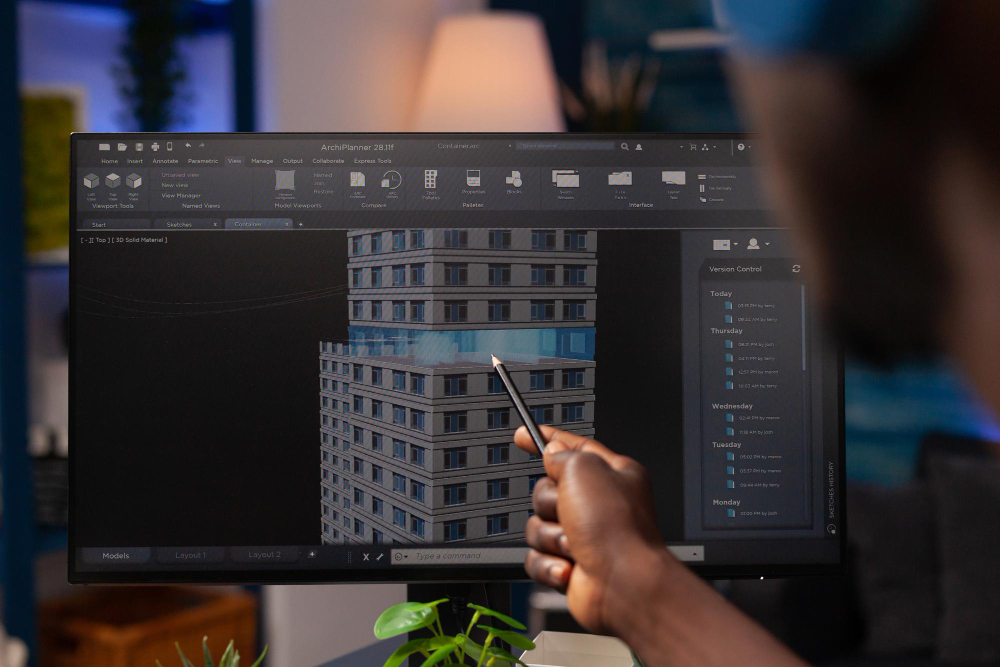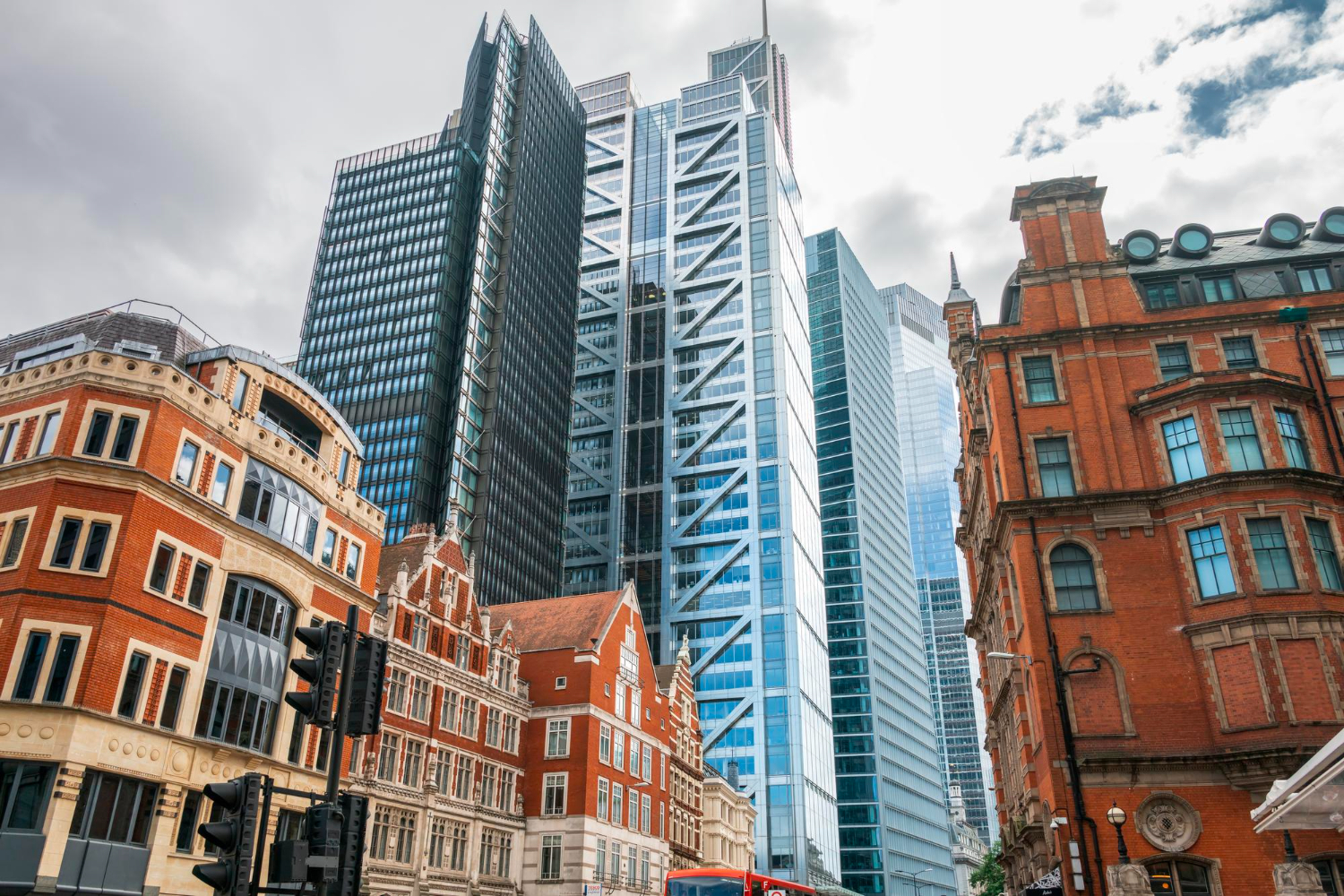

For organisations like Balance Mechanical, the commitment to safety is woven into the fabric of daily operations, guiding decision-making, resource allocation, and the very culture of the workplace. Below, our team explores why safety is paramount in mechanical building services, the measures that can be taken to uphold high safety standards, and the profound benefits these practices bring to both employees and clients.
Mechanical building services encompass a wide array of systems—from HVAC installations to plumbing, fire safety systems, and electrical installations. Each of these components involves intricate work that presents potential hazards. An emphasis on safety protects workers from injury, minimises risk to building occupants, and ensures the longevity and reliability of the systems installed. By prioritising safety, companies like Balance Mechanical not only comply with legal obligations but also build trust with clients who rely on their expertise to maintain safe and functional buildings.
Compliance
In the United Kingdom, the importance of safety in mechanical engineering and building services is reinforced by strict health and safety legislation. Statutory regulations, such as the Health and Safety at Work Act 1974, provide a framework that companies must follow to safeguard employees and the public. These regulations require companies to conduct thorough risk assessments, implement adequate control measures, and maintain robust safety protocols. Adhering to these requirements is not only a legal necessity but also an ethical one that underscores the company’s dedication to safe practice.
Safety-first culture
A safety-first culture is cultivated through leadership, training, and constant vigilance. At Balance Mechanical, this culture begins at the top, with management setting clear expectations and demonstrating an unwavering commitment to safety. Workers are encouraged to voice concerns and contribute ideas on how to improve safety practices. Through open communication and active participation, the entire team becomes engaged in safeguarding not only themselves but also their colleagues and clients.
Regular safety meetings, toolbox talks, and comprehensive training programmes ensure that all personnel are up-to-date with the latest regulations, best practices, and emergency procedures. The hands-on nature of mechanical building services necessitates continuous training in the use of personal protective equipment (PPE), safe handling of tools and materials, and awareness of potential hazards on site. By investing in their workforce’s knowledge and skills, companies like Balance Mechanical significantly reduce the likelihood of accidents and injuries.
Risk assessment
A cornerstone of safety in mechanical building services is rigorous risk assessment. Before commencing any project, detailed risk evaluations identify potential hazards and outline the measures required to mitigate them. This process involves analysing every stage of the work—from design and planning to execution and maintenance. For instance, working at height may require scaffolding or safety harnesses, while dealing with hazardous materials demands specialised handling procedures and appropriate PPE.
Effective hazard management not only protects workers but also ensures that projects run smoothly, on time, and within budget. By anticipating and addressing risks before they manifest as incidents, companies can avoid costly delays, legal complications, and reputational damage.
How technology plays a part
Advancements in technology have transformed the landscape of mechanical building services, offering new tools and methods to improve safety. Digital simulation and Building Information Modelling (BIM) allow for virtual walkthroughs of projects, identifying potential issues and dangerous scenarios before they occur on-site. The use of drones and wearable technology, such as smart helmets and sensors, can monitor environmental conditions and worker health in real time, providing alerts when unsafe conditions arise.
These innovations not only enhance safety but also drive efficiency and precision, contributing to a higher standard of service and reducing the margin for human error. In embracing technological solutions, Balance Mechanical shows its commitment to staying at the forefront of safe practice in the industry.
Safety-first approach benefits
Prioritising safety yields benefits that extend beyond compliance and risk reduction. A safe work environment boosts employee morale, increases productivity, and attracts skilled professionals who seek employers that value their wellbeing. Clients are reassured by a company’s safety record, which enhances the company’s reputation and fosters trust.
Moreover, a commitment to safety often leads to cost savings in the long term. Fewer accidents mean reduced downtime, lower insurance premiums, and decreased liability. The company can invest more in innovation, training, and quality improvements, further cementing its position as a leader in the market.
Wrapping up
Safety in mechanical building services is not a passive requirement but an active, ongoing commitment. It encompasses adherence to legal standards, fostering a culture that places safety at the core, continuous training, technological integration, and rigorous risk management. For Balance Mechanical, every aspect of their service delivery is underpinned by the belief that safety is paramount—ensuring not only compliance and risk reduction but also delivering superior service quality, employee satisfaction, and client trust.
Through a relentless focus on safety, the industry can look forward to a future where innovation and reliability go hand in hand with the wellbeing of those who design, build, and inhabit our structures.




